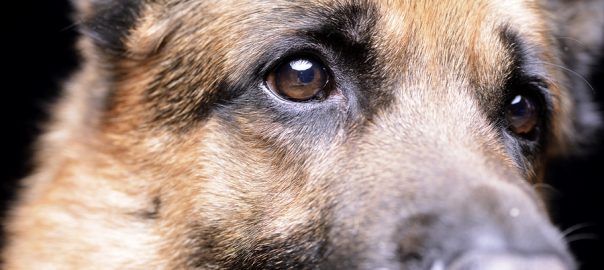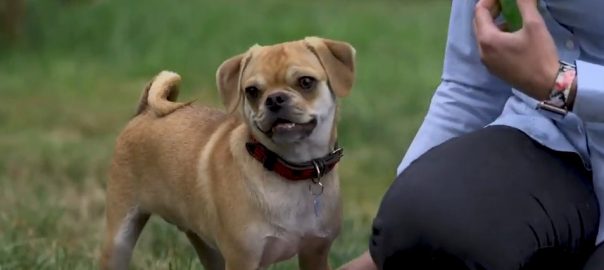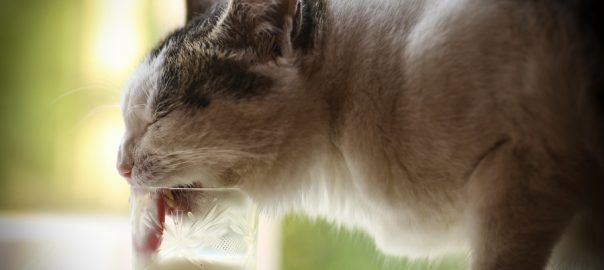We had a beloved blind dog, Shakira. I share some of what we learned with this dog owner struggling with her dog’s vision loss.
Q: My dog is losing her eyesight. How can I help her adjust?
A: Blindness doesn’t seem to stop the average dog. When eyesight goes, the nose and ears take over in helping the dog maneuver through the environment.
One primary factor in adjustment is how quickly vision is lost. A dog who loses vision slowly from a condition such as progressive retinal atrophy usually copes well, but one who loses vision rapidly from a nonpainful condition such as acquired retinal degeneration may take a few weeks to adjust.
The following tips may help you accustom your dog to her loss of vision.
— Walk her on leash. As you walk, talk to her so she knows where you are.
— Stick to the same route so she can learn how it smells along the way and become familiar with any obstacles such as curbs or steps.
— Feed her in the same place. If you notice that she seems disoriented, take her to the food bowl. It’s a landmark of sorts that will help her reorient herself.
— Continue to teach her new things. Using a clicker and treats as well as verbal praise are ways you can train her without the need for her to see you.
— You may notice that she barks more often. This may be out of insecurity or simply to get your attention so she can find out where you are. Regular training sessions will help her gain confidence.
— You can also purchase a device such as Muffin’s Halo, which my late dog Shakira wore after she lost her eyesight. It’s sort of a “bumper” that attaches to a dog’s shoulders and takes the hit if the dog comes too close to an obstacle.
Read more in Pet Connection, the weekly nationally syndicated pet feature I co-write with Kim Campbell Thornton and my daughter, trainer Mikkel Becker.




